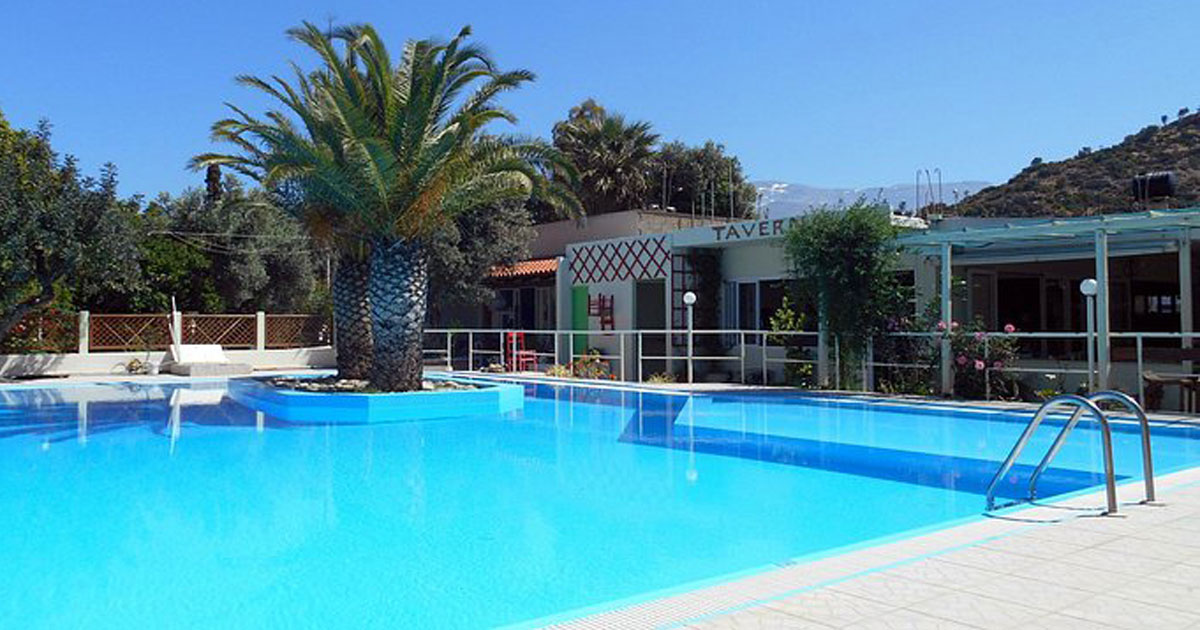Rethymno Regional Unit
Rethymno (officially: Ρέτημνον) is the seat of the Community of Rethymno, the Municipality of Rethymno and the Regional Unit of Rethymno in Crete. It is built on the north coast of Crete, on the southern shore of the Cretan Sea and towards the eastern side of the Gulf of Almyros. Rethymno has been a large settlement since the 5th century BC, as it is associated with the ancient Minoan city-state "Rithymna".
Today, it has a large tourist traffic during the summer, while the rest of the year there is a presence of students, as the University of Crete is located near the city. The population of the city is 29,480 inhabitants according to the 2021 census and of the homonymous municipality 45,098 inhabitants, making Rethymno the third largest city in Crete, after Heraklion and Chania. It took its name from Rithymna, an ancient city-state. The city's economy is based on tourism, as there are many attractions, a large sandy beach and a strong hotel infrastructure. In terms of transportation, the city is served by road with a connection to Heraklion and Chania via the National Road E 75, while it also has a relatively good provincial road network, with which it is connected to all areas of the Prefecture. It also has a new, modern port. It does not have an airport, as the Pigi airport did not continue its operation after the German occupation.
The oldest recorded evidence of life in Rethymno are Neolithic shells found in surface excavations on the hill of Paleokastro, (where the Venetian fortress "Fortetta" is built). The first inhabitants of the area were Minoans of the Late Minoan period. This is evidenced by a large krater with a stylized octopus, a tall-legged kylix and three pseudo-mouthed amphorae found in a rock-hewn tomb of the period (1350-1250 BC), which was excavated in 1947 in Mastaba, a suburb of the city.
Of course, perhaps the best-known connection of Rethymno with antiquity is the city-state of Rithymna, known since the 5th century. This city probably extended to the same location as today's Rethymno. Evidence of the existence of the city exists from the 5th-4th centuries BC and is mainly the silver and bronze coins, which bore on one side the head of Apollo or Athena, and on the other a trident or two dolphins or a goat.
The name of the city is written in various forms, such as ΠΙΘΥ, ΡΙ, ΙΡ, ΠΙΘ, Ρ. The patron gods of Rithymna were Apollo and Athena and the city then experienced its first heyday as an autonomous one, with a preference for maritime activities. In the 2nd Century BCE it is attested by a Delphic inscription, in the 1st Century CE by Pliny, in the 2nd Century CE by Claudius Ptolemy and in the third by Claudius Aelianos, who mentions Rithymna as a commune and that on its coast there lived a wise Cretan fisherman, who made an anti-rabies medicine from the entrails of a seahorse.




